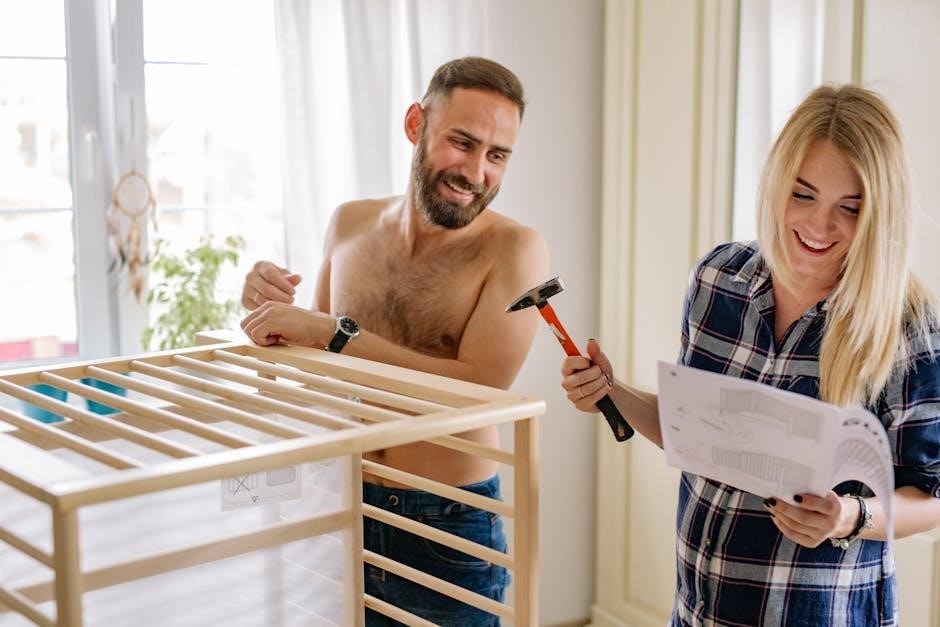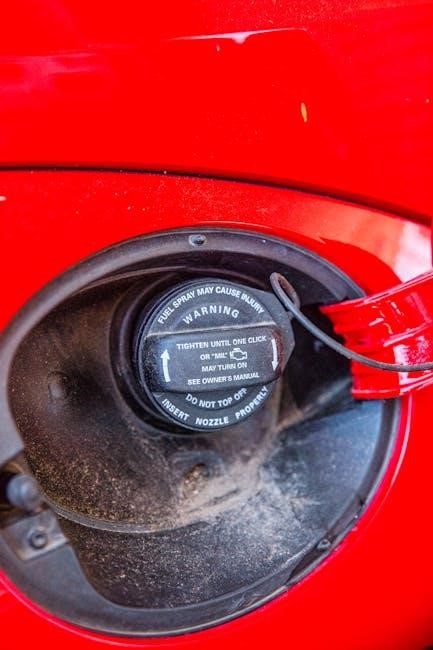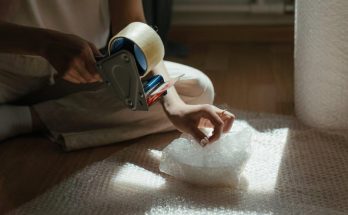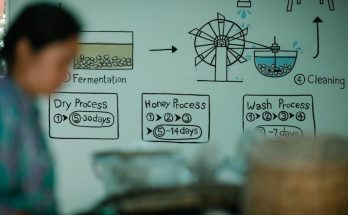RelyX Ultimate Instructions: A Comprehensive Guide
Welcome to your comprehensive guide for 3M RelyX Ultimate Adhesive Resin Cement! This resource provides detailed instructions and insights for achieving optimal results with various restorative applications․ Discover the features, benefits, and step-by-step application processes․
3M RelyX Ultimate Adhesive Resin Cement represents a significant advancement in dental restorative materials․ It’s a versatile resin cement meticulously engineered for a wide spectrum of restorative applications, ensuring both reliability and durability․ This cement’s self-adhesive, dual-cure formula guarantees a strong and lasting bond, simplifying procedures while maximizing bond strength․
One of the key attributes of RelyX Ultimate is its exceptional handling properties․ Dentists appreciate its ease of use, which streamlines the cementation process․ Moreover, it exhibits robust adhesion to an array of restorative materials, including glass ceramics, zirconia, metal, composite, and fiber posts, making it a truly universal solution․

RelyX Ultimate stands out due to its ability to function as a self-etch or total-etch adhesive, offering flexibility in application techniques․ It also serves as an effective primer for metal and zirconia restorations, enhancing bond strength․ Combined with Scotchbond Universal adhesive, it delivers ultimate bond strength, color stability, and simplicity, especially beneficial for CAD/CAM and glass ceramic cementation․
Indications for Use: Restorative Applications
RelyX Ultimate Adhesive Resin Cement is indicated for a diverse range of restorative applications, providing clinicians with a reliable solution for numerous clinical scenarios․ Its versatility extends to the cementation of etchable glass ceramics, oxide ceramics, metal-based restorations, composite restorations, and even fiber posts, making it a truly universal adhesive resin cement․
Specifically, RelyX Ultimate is ideal for the permanent cementation of ceramic, composite, or metal inlays, onlays, crowns, and bridges․ It is also well-suited for the cementation of veneers, offering exceptional bond strength and esthetics․ Furthermore, it can be used for the cementation of indirect restorations to implant abutments, providing a strong and durable bond in these challenging cases․
RelyX Ultimate is also indicated for the cementation of रूट canal posts and cores, offering reliable adhesion and support․ Its ability to bond to various substrates, including dentin, enamel, and restorative materials, makes it a versatile choice for both anterior and posterior restorations․ The cement’s high bond strength and excellent handling characteristics ensure predictable and long-lasting results across all indicated applications․
Components of the RelyX Ultimate System
The RelyX Ultimate system comprises several key components designed to work synergistically to achieve optimal bond strength and esthetic outcomes․ At the heart of the system is the RelyX Ultimate Adhesive Resin Cement itself, available in various shades to match the restoration and tooth structure for seamless integration․ This cement features a dual-cure mechanism, allowing for both light-curing and self-curing, ensuring complete polymerization even in areas inaccessible to light․

Complementing the cement is Scotchbond Universal Adhesive, a versatile adhesive that functions as both a self-etch and total-etch adhesive, as well as a primer for metal and zirconia restorations․ This simplifies the bonding process and enhances adhesion to various substrates․ The system also includes RelyX Ceramic Primer, specifically designed to pretreat glass ceramics, further boosting bond strength․
Additionally, the RelyX Ultimate system provides a range of accessories, including mixing tips (regular, wide, and intraoral) for precise and efficient cement application․ Etchant is also included for total-etch or selective-etch techniques․ These components, when used together according to the instructions, ensure predictable and long-lasting results․
Surface Preparation: Etching and Priming
Proper surface preparation is paramount for achieving a durable and reliable bond with RelyX Ultimate․ The etching and priming steps are crucial for creating a receptive surface for the adhesive resin cement․ For etchable glass ceramics, etching with hydrofluoric acid is recommended to create micro-retentions, enhancing the mechanical bond․ The duration of etching depends on the ceramic type and manufacturer’s instructions․
Following etching, the surface should be thoroughly rinsed with water to remove any residual acid․ Air-drying is essential to eliminate moisture, but avoid over-drying, which can lead to desiccation of the dentin․ Next, apply Scotchbond Universal Adhesive to the prepared tooth structure․ This universal adhesive functions as a self-etch, total-etch, or selective-etch adhesive, depending on the clinical situation and preferred technique․
For non-etchable materials like zirconia or metal, air abrasion with alumina can be used to increase surface roughness․ After air abrasion, priming with Scotchbond Universal Adhesive is crucial to promote chemical bonding․ Proper etching and priming techniques ensure optimal adhesion of RelyX Ultimate to various dental substrates, leading to long-lasting and successful restorations․
Step-by-Step Application Guide for Ceramic Crowns
Achieving a successful ceramic crown cementation with RelyX Ultimate requires careful attention to each step․ Begin by cleaning the intaglio surface of the ceramic crown to remove any contaminants․ Etch the internal surface of the crown with hydrofluoric acid, adhering to the manufacturer’s recommended etching time, specifically for etchable ceramics․
Rinse the crown thoroughly with water and air-dry․ Apply a silane coupling agent to the etched intaglio surface, allowing it to react for the specified time․ Next, dispense RelyX Ultimate onto the prepared crown, ensuring adequate coverage․ Seat the crown onto the prepared tooth with gentle pressure․ Remove any excess cement with appropriate instruments before light-curing․
Light-cure the cement according to the manufacturer’s instructions, paying attention to all surfaces․ After light-curing, check the occlusion and make necessary adjustments․ Polish the margins to ensure a smooth transition between the crown and the tooth structure․ Proper application of RelyX Ultimate, combined with meticulous attention to detail, results in a durable and esthetic ceramic crown restoration․
Cementation Techniques for Different Materials
RelyX Ultimate’s versatility shines through its adaptability to various restorative materials, each requiring specific cementation techniques․ For etchable glass ceramics like lithium disilicate, etching with hydrofluoric acid followed by silane application is crucial for optimal bonding․ Oxide ceramics, such as zirconia, benefit from air abrasion and the use of a primer containing MDP for chemical adhesion․ Metal restorations require surface roughening, potentially with airborne-particle abrasion, and a metal primer to enhance bonding․
When cementing composite restorations, roughening the bonding surface and applying a bonding agent are essential․ Fiber posts demand a similar approach, ensuring proper adhesion within the root canal․ Understanding the unique surface characteristics of each material and utilizing the appropriate pre-treatment and cementation protocol ensures a durable and long-lasting bond with RelyX Ultimate․
The choice of cementation technique directly influences the success of the restoration, emphasizing the importance of adhering to recommended guidelines for each specific material․ This tailored approach maximizes the adhesive potential of RelyX Ultimate․
Self-Etch, Total-Etch, and Selective-Etch Techniques
RelyX Ultimate can be used with self-etch, total-etch, or selective-etch techniques, offering flexibility based on clinical preference and the specific restorative material․ The self-etch technique involves applying an acidic primer that simultaneously etches and primes the tooth structure, simplifying the procedure and reducing sensitivity․ Total-etch, also known as etch-and-rinse, requires phosphoric acid etching of both enamel and dentin, followed by rinsing and application of a separate bonding agent․ This technique is often preferred for enamel-rich surfaces to maximize bond strength․
Selective-etch involves etching only the enamel with phosphoric acid, followed by rinsing and application of a self-etching adhesive to the dentin․ This approach aims to leverage the benefits of etching enamel while minimizing the risk of dentin sensitivity․ The choice between these techniques depends on factors such as the substrate composition, desired bond strength, and the clinician’s experience․ Understanding the nuances of each technique is crucial for achieving predictable and successful results with RelyX Ultimate․
Each technique influences bond strength and post-operative sensitivity․
Pre-treatment of Restorations (Composite, Zirconia)

Proper pre-treatment of restorations like composite and zirconia is crucial for achieving a strong and durable bond with RelyX Ultimate․ For composite restorations, roughening the bonding surface with micro-etching or air abrasion is recommended to increase the surface area for bonding․ Silanating the composite surface after roughening can further enhance the chemical bond between the composite and the resin cement․ Ensure the surface is clean and free of debris before cementation․
Zirconia restorations require a different approach․ Air abrasion with alumina particles is essential to create a micro-retentive surface․ Following air abrasion, applying a zirconia primer containing a phosphate monomer (like MDP) is critical to promote chemical bonding between the zirconia and the resin cement․ The primer should be applied according to the manufacturer’s instructions and allowed to dry thoroughly․ Avoid contamination of the treated surface with saliva or other substances․
Adhering to these pre-treatment protocols will maximize the bond strength and longevity of restorations cemented with RelyX Ultimate․ Always consult the manufacturer’s instructions․
Polymerization Methods: Light Curing and Dual Curing
RelyX Ultimate offers both light-curing and dual-curing polymerization methods, providing flexibility for various clinical situations․ Light-curing is ideal for restorations where light can adequately penetrate the cement, ensuring complete polymerization and optimal physical properties․ Use a high-quality curing light with appropriate wavelength and intensity, following the manufacturer’s recommended curing time․ Adequate light exposure is crucial for achieving maximum bond strength and color stability․
Dual-curing is beneficial when light penetration is limited, such as with opaque or thick restorations․ This mechanism initiates light curing where possible, while a chemical curing reaction proceeds simultaneously in areas that light cannot reach․ This ensures complete polymerization throughout the cement layer, enhancing the long-term durability of the restoration․ Allow sufficient time for the chemical cure to complete, as specified in the instructions․
Choosing the appropriate curing method based on the specific restoration and clinical circumstances is essential for achieving predictable and long-lasting results with RelyX Ultimate․ Always refer to the product instructions․
Troubleshooting and FAQs

Encountering issues with RelyX Ultimate? This section addresses common problems and provides solutions․ A frequent concern is inadequate bond strength․ Ensure proper surface preparation, including etching and priming, according to the chosen technique (self-etch, total-etch, or selective-etch)․ Verify the expiration date of all materials and proper storage to maintain efficacy․
Another common issue is excess cement․ Carefully remove excess cement after tack curing, using appropriate instruments to avoid damaging the restoration or surrounding tissues․ If discoloration occurs, check for proper light curing and avoid contamination during cementation․ For cement sensitivity, ensure proper isolation and avoid over-etching the tooth structure․
Frequently Asked Questions:
Q: Can RelyX Ultimate be used for all-ceramic restorations?
A: Yes, it is suitable for various ceramic materials․
Q: What is the recommended light-curing time?
A: Follow the manufacturer’s instructions based on the light output․
Q: How should RelyX Ultimate be stored?
A: Store in a cool, dark place․



